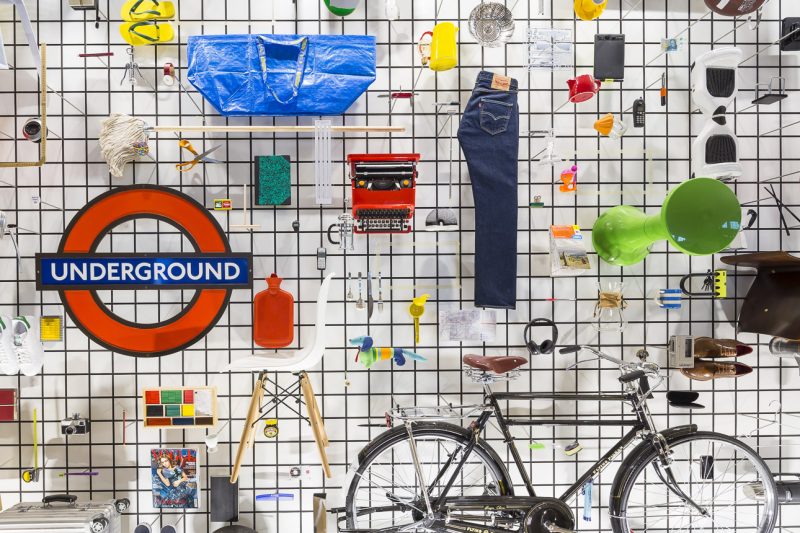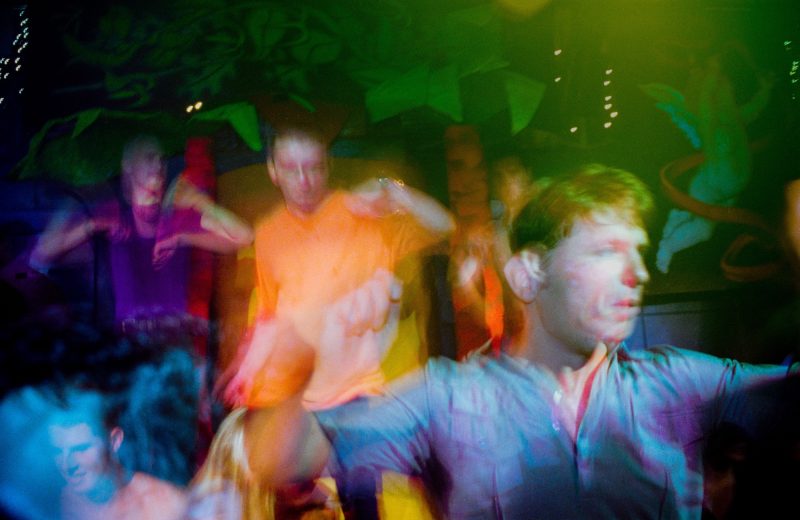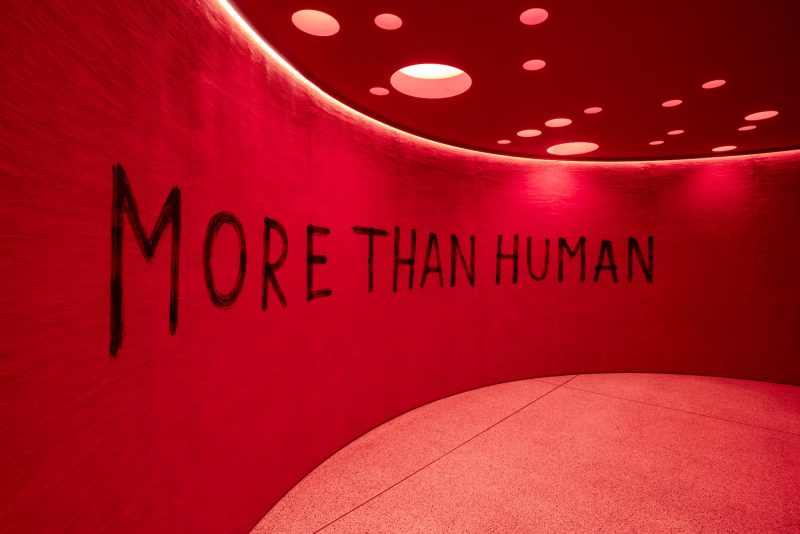A major skateboarding design exhibition to open in London at the Design Museum this Autumn.

Skateboarding will be making its second appearance at the Olympics next year, and its debut at Tokyo 2020 was lauded as transformational for both the sport and the wider Olympic movement. But the history of skateboarding extends back much further, and this landmark exhibition will chart its evolution over the past seven decades.
Opening this October, Skateboard will be the first major UK exhibition to chronicle the history of skateboard design, from the 1950s to the present day, and from homemade, humble beginnings to today’s professional and technologically advanced models.
Skateboards, often misunderstood as being just toys, are now technically sophisticated products responding to constantly changing urban environments. With the global skate community today reaching 85 million, and with the sport’s inclusion in Paris 2024 likely to push that number even higher, now is the perfect time to be hosting this exhibition at the world’s leading museum for contemporary design. This is a story of design, performance and communities evolving together.
Tim Marlow, Director and CEO of the Design Museum,
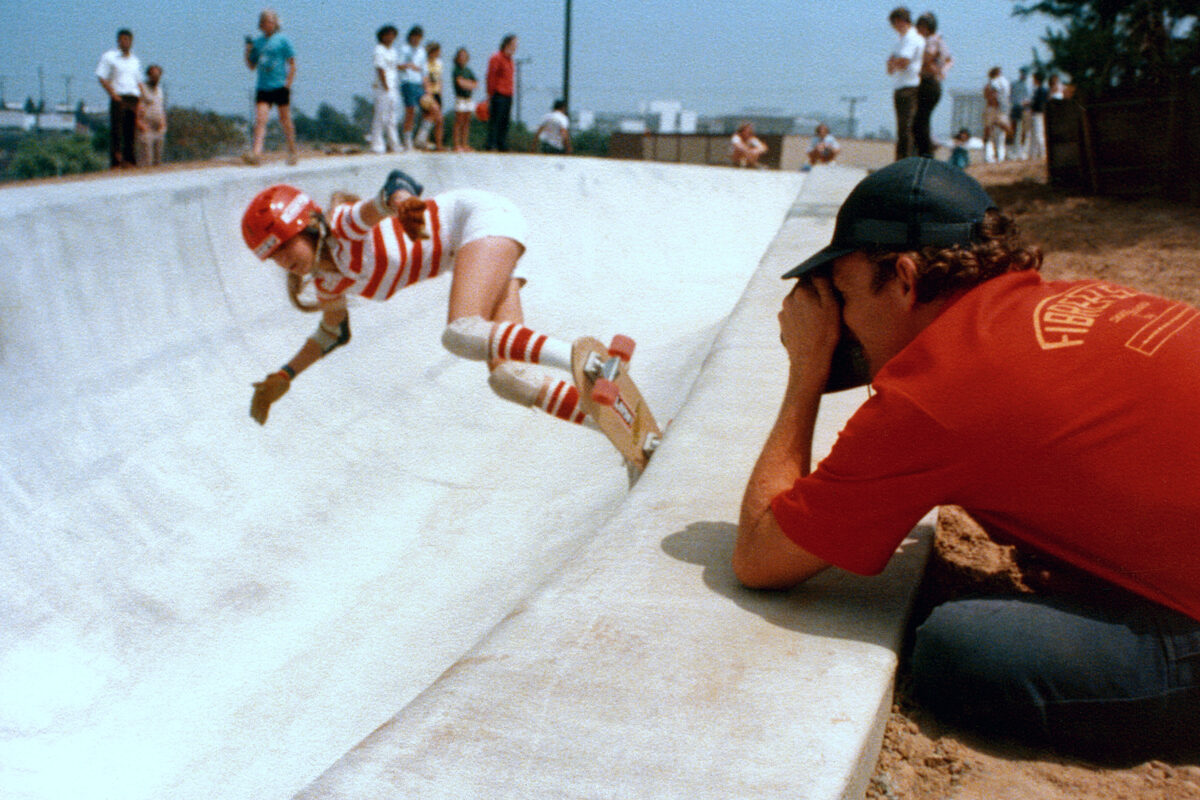
Around 90 rare and unique boards will go on display, alongside over 100 other objects, including hardware such as wheels and tucks, safety equipment, VHS tapes, DVDs, magazines and ephemera. Together they will show skateboard’s technical developments alongside its evolving social acceptance.
Half of the skateboards in the exhibition will be on loan from the Skateboarding Hall of Fame Museum in California. Opened in 1997, it was the world’s first museum devoted to skateboarding. With around 50 boards from their world-class collection coming to the Design Museum, this marks the Hall of Fame’s largest ever loan to the UK.
The exhibition is curated by author, designer, and skater Jonathan Olivares.
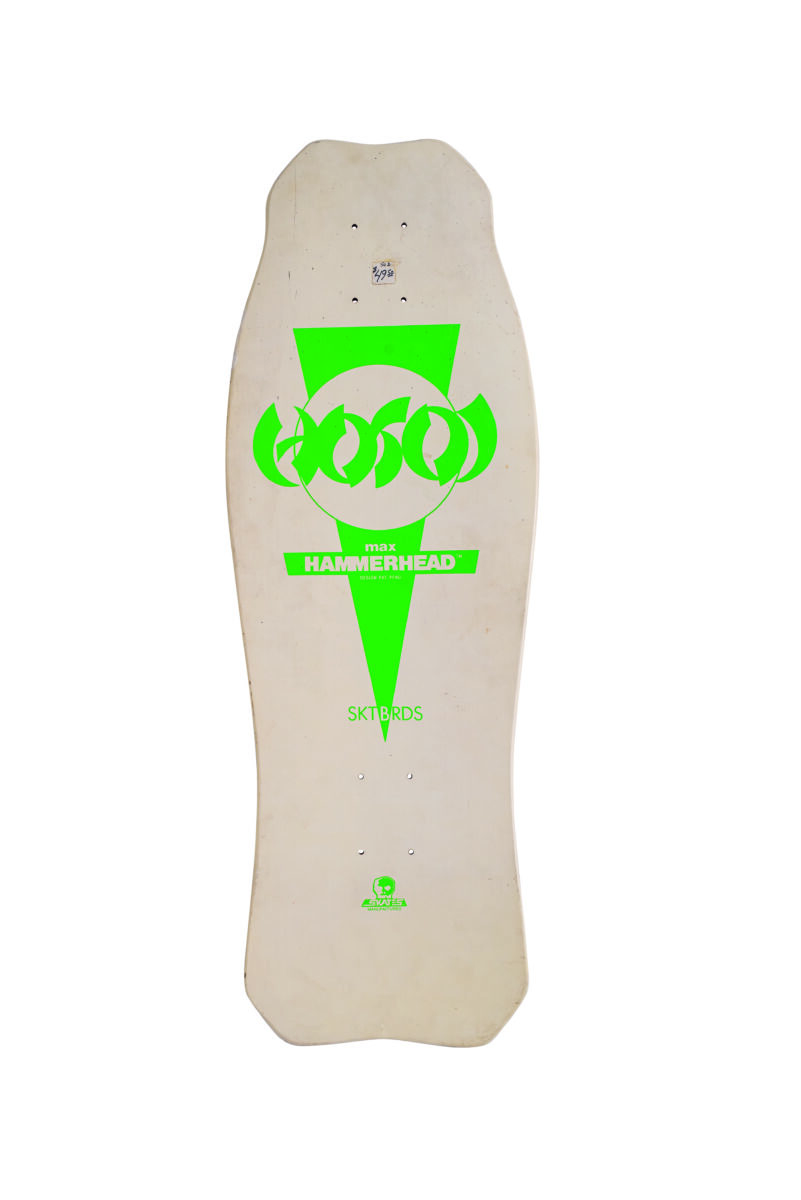
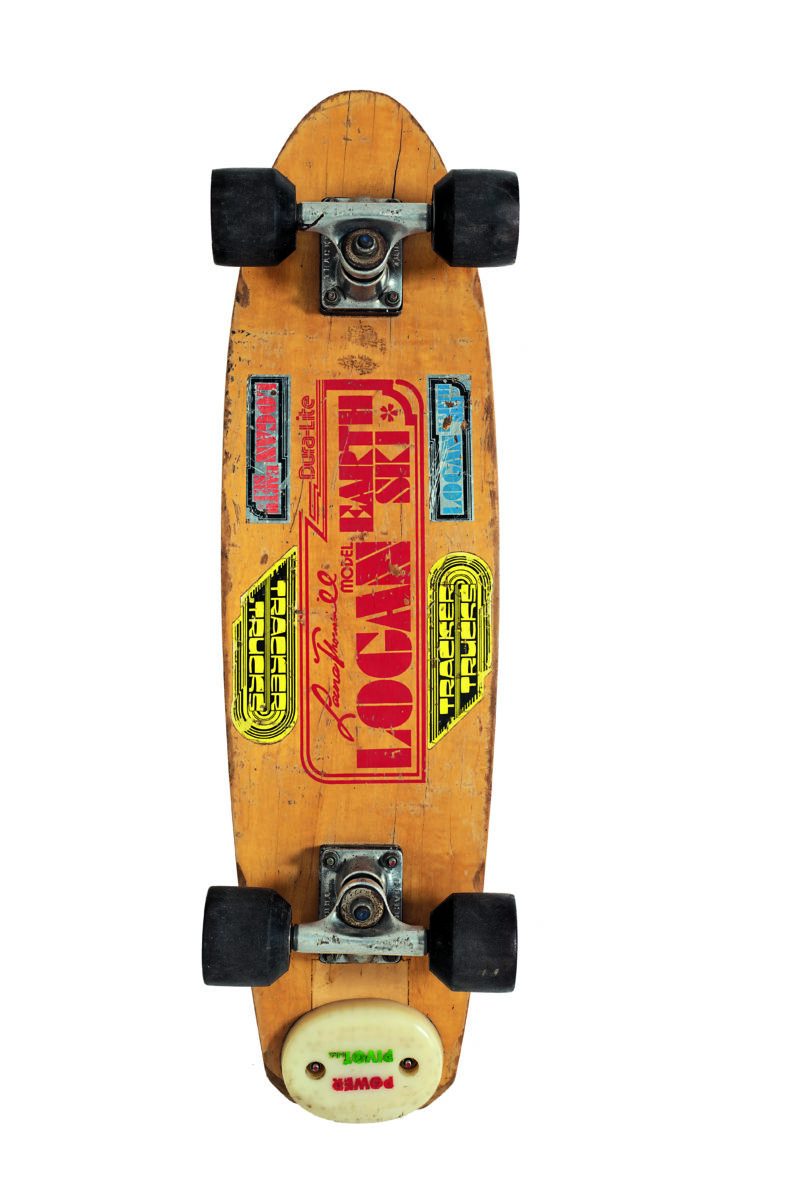
Skateboard design history is a grey area, recorded in printed and video magazines, YouTube channels, blogs, podcasts, books, Instagram posts and oral histories from the those who lived it. While skateboarding history is the incalculable sum of the hours spent by individuals skating, skateboard history is finite, limited to the vast number of skateboards that have been made. This exhibition is centred around a single question: how did the skateboard get to be the way it is?
Jonathan Olivares, curator of Skateboard,
Skateboard will be arranged chronologically, with sections spotlighting each decade of development, including the materials, designs and events that have defined skateboard history, as well as the many new techniques that have constantly emerged. Visitors will discover the sidewalk surfing of the 1950s, the skateboard bans in numerous US cities in the 1960s, and the birth of skateboarding culture and wider industry in the 1970s. They’ll journey from the explosion in street skating and the expansion in other styles in the 1980s, through to the commercialisation of the skateboard industry in the 1990s, and all the way to the admission of the once fringe sport to the Tokyo 2020 Olympics.
The show’s beginning focuses on the earliest versions of the skateboard from the 1950s, which featured roller skate trucks nailed to wooden crates. Surfers realised that they could use these makeshift boards to practice their moves on concrete when there were no waves, and so the skateboard story begins.
Highlight objects in the exhibition include:
- Tony Hawk’s first ever professional model skateboard. Hawk is one of the most recognisable names in skateboarding today, and this board from 1982 was his first pro model, or professional skateboard deck. It represents the adaptations seen in boards as the ‘vert’ style of skateboarding — using vertical ramps rather than surface terrain — took off. The board is on loan from the Tony Hawk Archive.
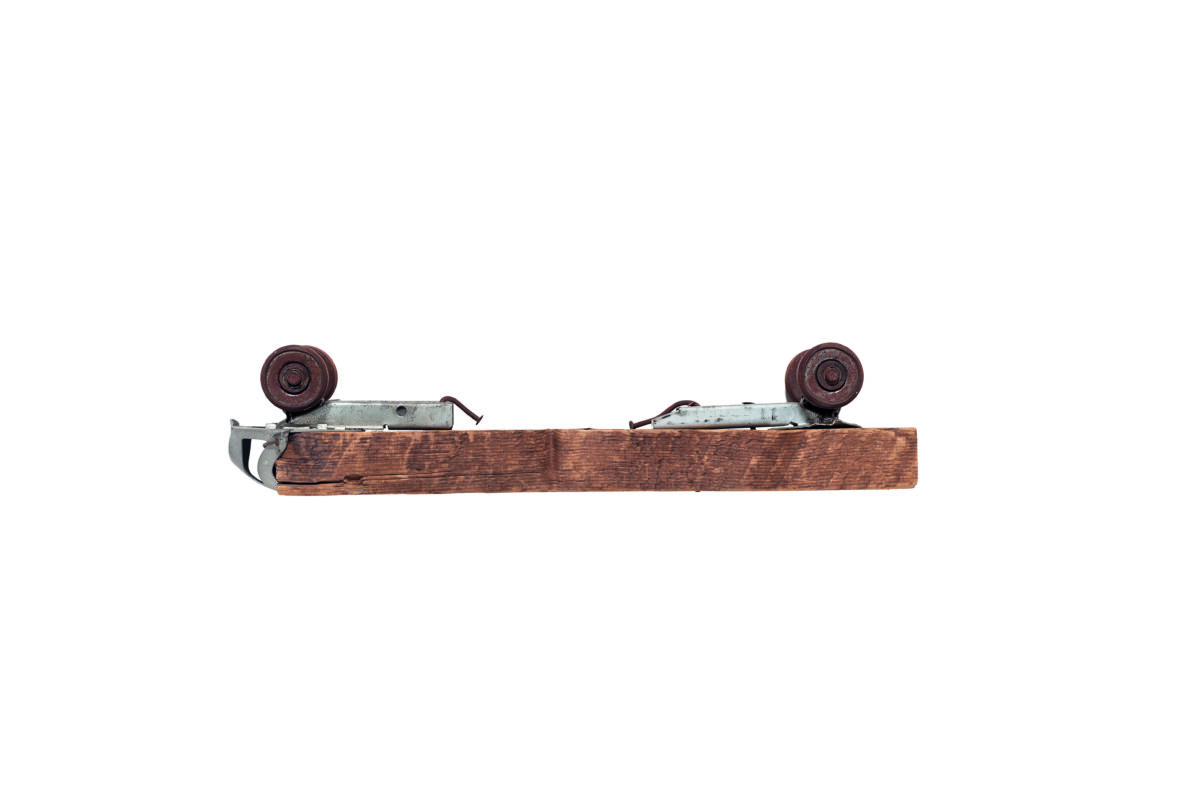
- Some of the early 1950s homemade skateboards from California. Early boards were modelled on the design of roller skates, scooters, and surfboards. Those in the exhibition were likely adapted by children, and consist of roller skate trucks and wheels, nailed or screwed to a wooden plank.
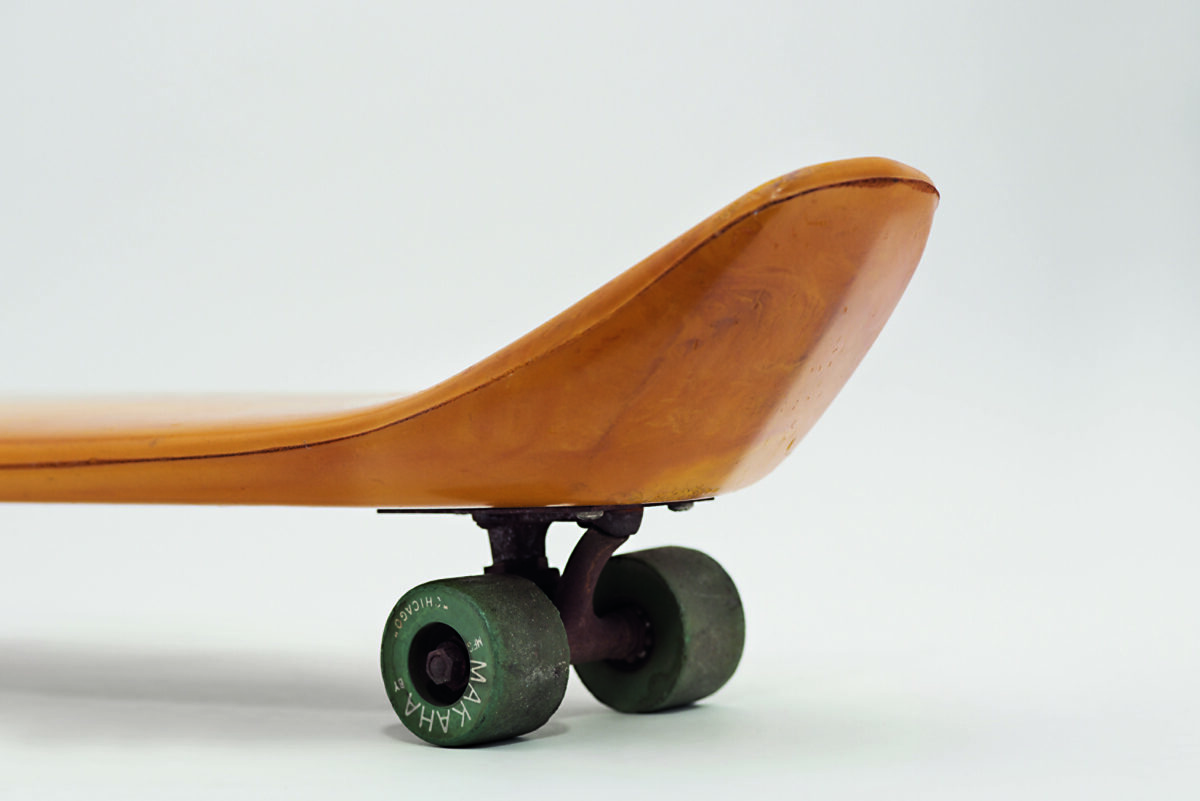
- The first two skateboard models to feature a kicktail. This raised tail enables skaters to pivot the board on the back wheels and allowed them to perform the first skate trick that does not stem directly from surfing. Invented by Larry Stevenson, founder of Makaha Skateboards, who produced both the trailblazing models on show. The kicktail was quickly adopted by the skateboard industry and became industry standard in the 1970s.
- Laura Thornhill’s Logan Earth Ski 1970s pro model, which was the first women’s pro model. The boom of pro models from the 1980s reflected the era when becoming a professional skater was suddenly not only viable but lucrative as a career. The exhibition features pro models from the biggest skaters of the 1980s to the 2000s, including Steve Caballero, Rodney Mullen, Mike Vallely, Mark Gonzalez, Matt Hensley and PJ Ladd.
- Palace, founded in 2009 by Lev Tanju, is one of the most recognizable and cult London skate brands. They are represented in the exhibition through the Palace Long Live Southbank 2017 deck, a product of the successful campaign where skaters lobbied to protect the iconic skate spot on London’s Southbank.
- Sky Brown, who at 13 years old famously won a bronze medal for Team GB at the 2020 Tokyo Olympics is represented through her first pro model, the Sky Brown x Skateistan Almost deck.
A key strand of the exhibition is Britain’s important but lesser-known relationship to skateboarding. Skateboarding originated in California where skaters were originally skating in pools or bowls. In the UK, skaters took inspiration from the culture in the US but adapted the style to suit the British weather and urban terrain. A highlight of this story will be the display of a 1967 skateboard produced by Newquay-based surf company Bilbo, thought to be one of the earliest examples of a commercial board sold under a British company name.
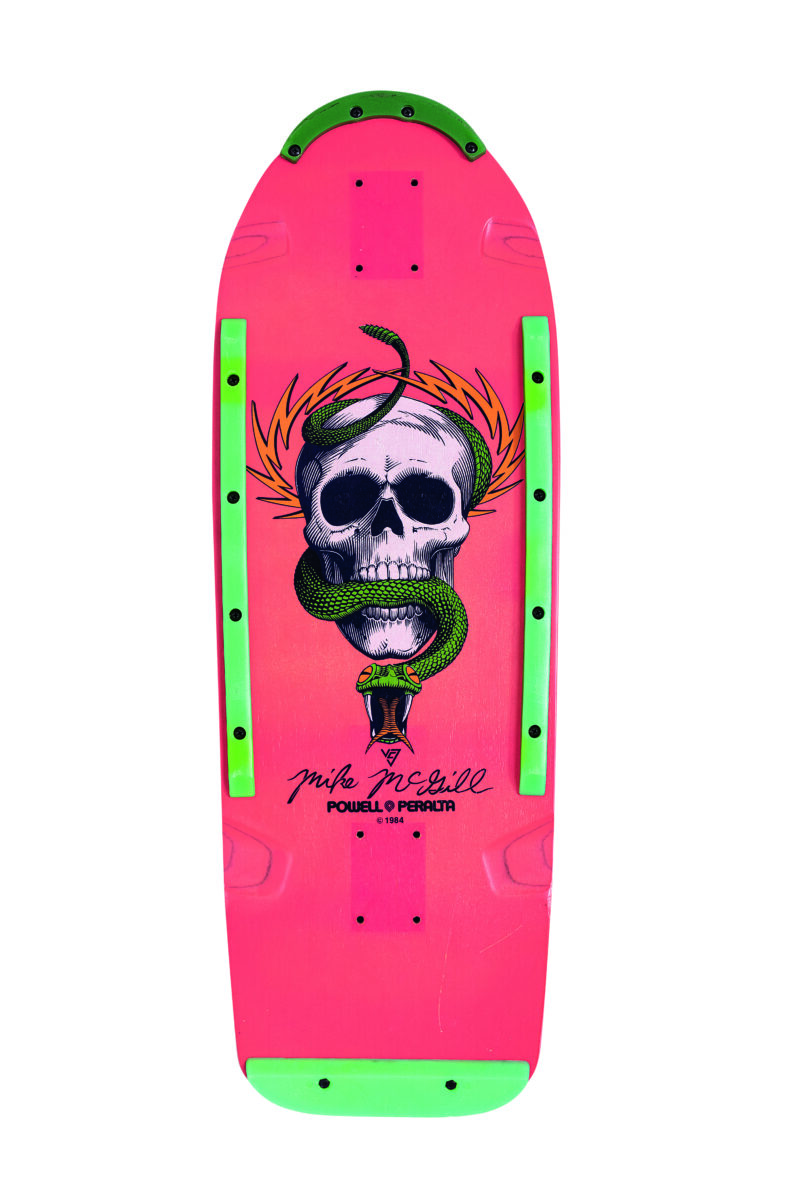
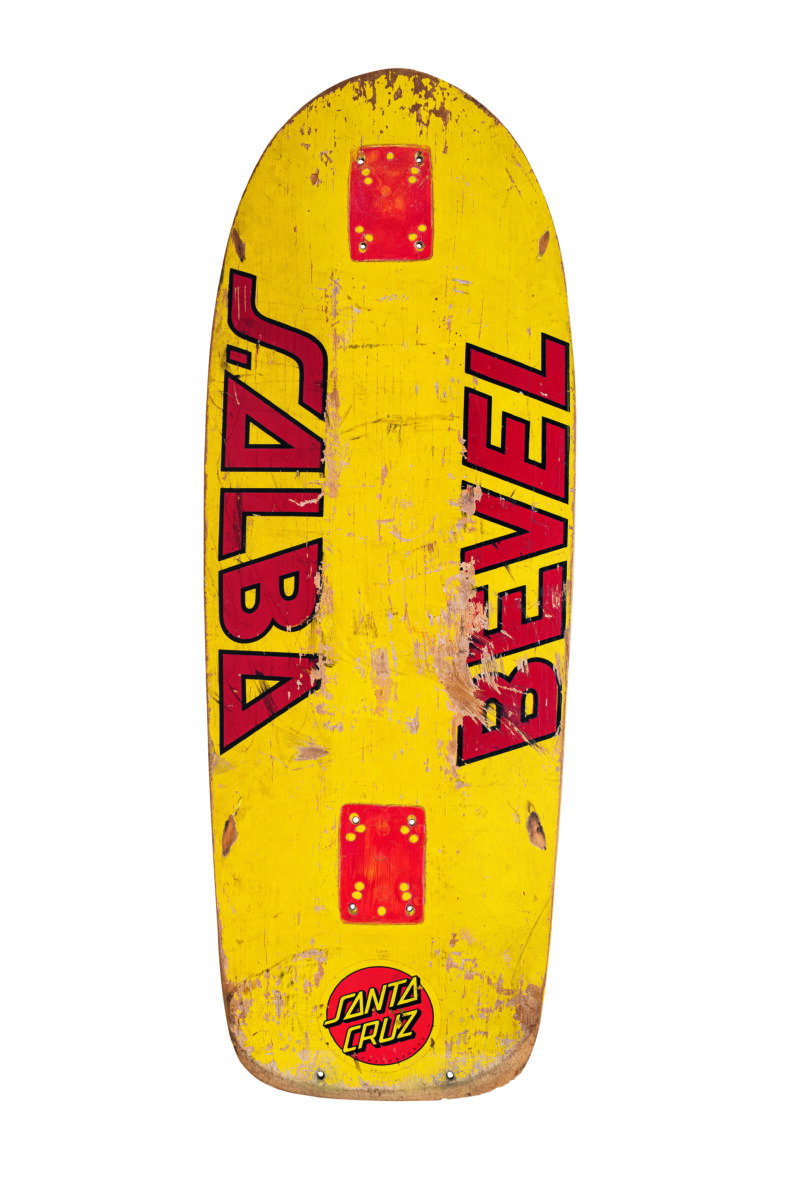
The first skateboard magazines to appear in the UK — Skateboard! and Skateboard Scene — are also featured, and these short-lived titles were superseded by Read and Destroy (RAD), a magazine that was instrumental in keeping the skateboarding scene alive in the UK in the 1980s.
The way skateboarding has been perceived in the wider world over 70 years has developed dramatically, and this arc is represented in the exhibition through key media and stories. These include from the first issue of Quarterly Skateboarder in 1964, where a reader’s letter questions if a sport like skateboarding could ever make it into the Olympics. Another example comes from the Royal College of Art students pictured skating in Queen magazine in 1967, who make outlandish predictions about the value of skateboards as “one day finding their way into international art sales.”
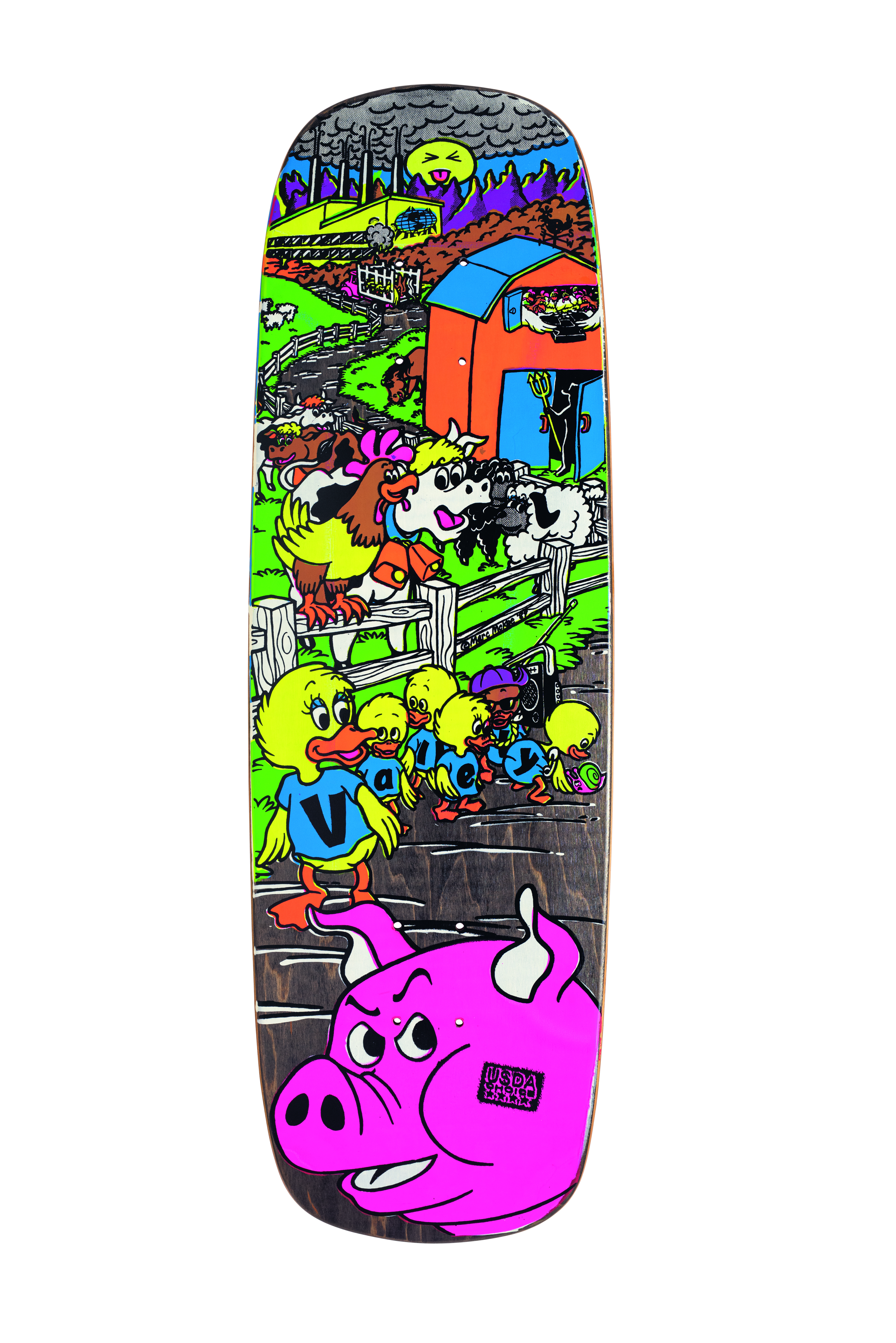
The skateboard story has many layers: a history impacted by societal, technological, and geographical shifts. The skateboard, an extension to the skateboarder, takes on a special power, one that can change lives, cities, cultures and push boundaries. From Californian hills to British car parks, today the skateboard’s presence is ingrained in our everyday. This exhibition takes you on a journey through time, design and space – positioning the skateboard as a truly unique object.
Tory Turk, co-curator of Skateboard,
The exhibition will be accompanied by a fully-illustrated new book published by Phaidon exploring the skateboard’s multifaceted influence. Converse, which has been adopted by skateboarders for more than 75 years, leaned on its heritage and members of its global skate team to support the book and exhibition, from concept to final execution.
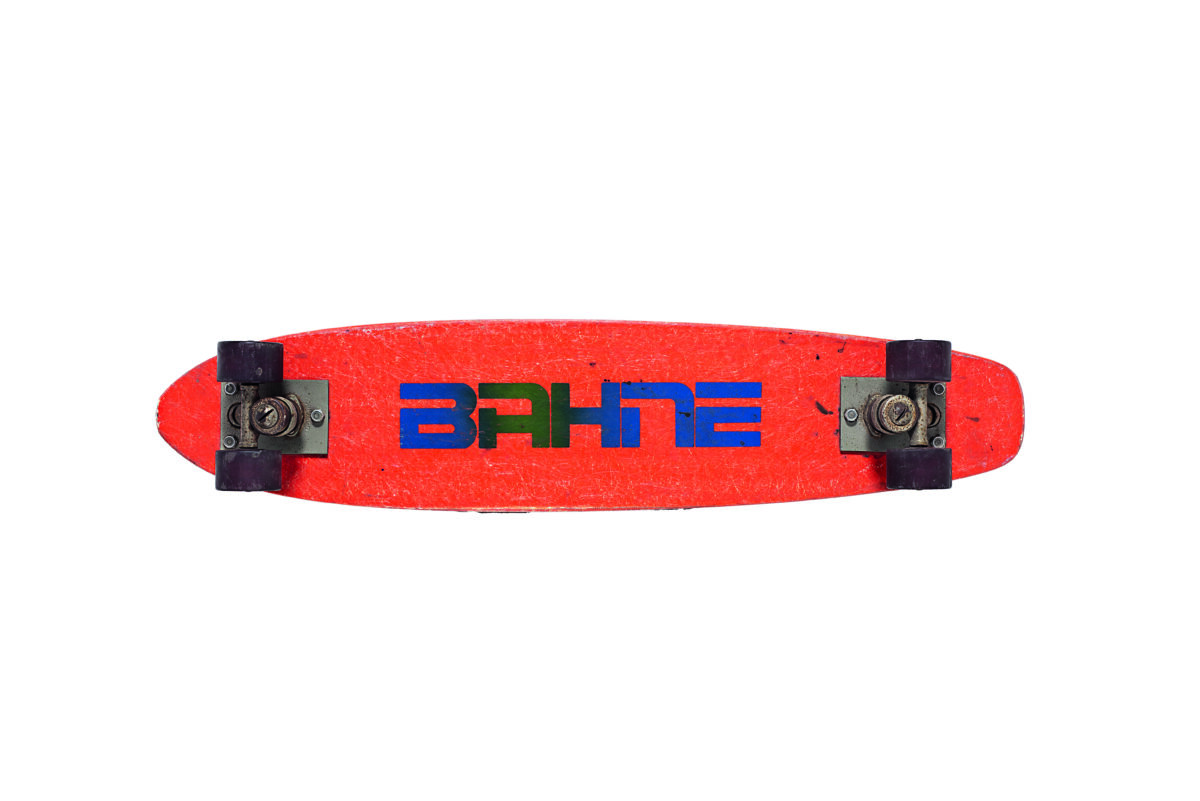
Skateboarders have a unique ability to see and navigate the world around them in a way that most will not experience first-hand. At the centre, enabling their perspective, is the skateboard. Through a highly curated approach, Skateboard presents turning points in its physical history – both as a practical tool, but also a cultural symbol. We hope this exploration at the cross-section of creativity, design and skateboarding bridges audiences and interests, while providing useful inspiration.
Phil Russo, VP of Design and Innovation at Converse,
Skateboard opens at the Design Museum on 20th October 2023 and runs until 2nd June 2024. Tickets have gone on sale today.
Read more skateboarding stories on FAD: HERE
